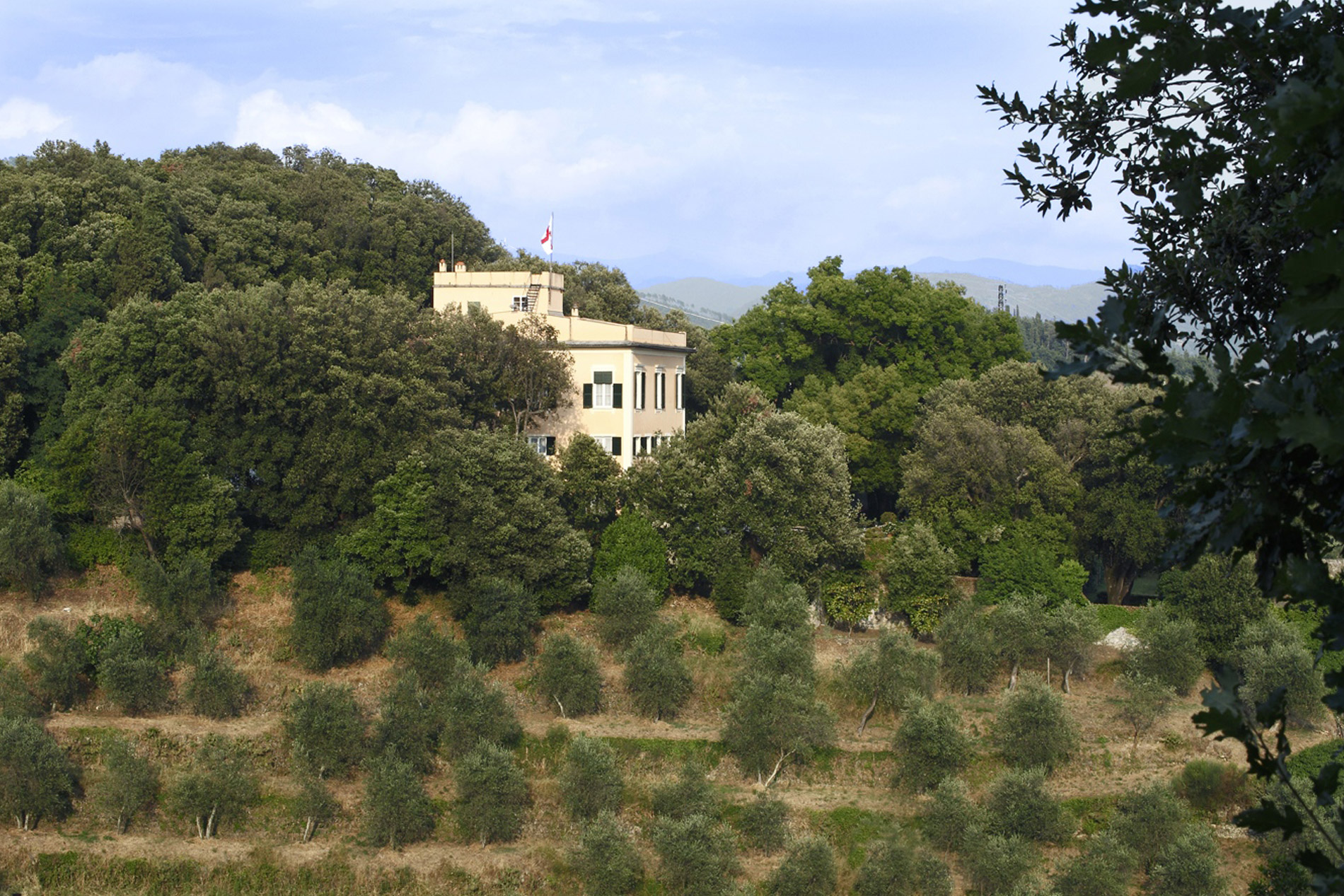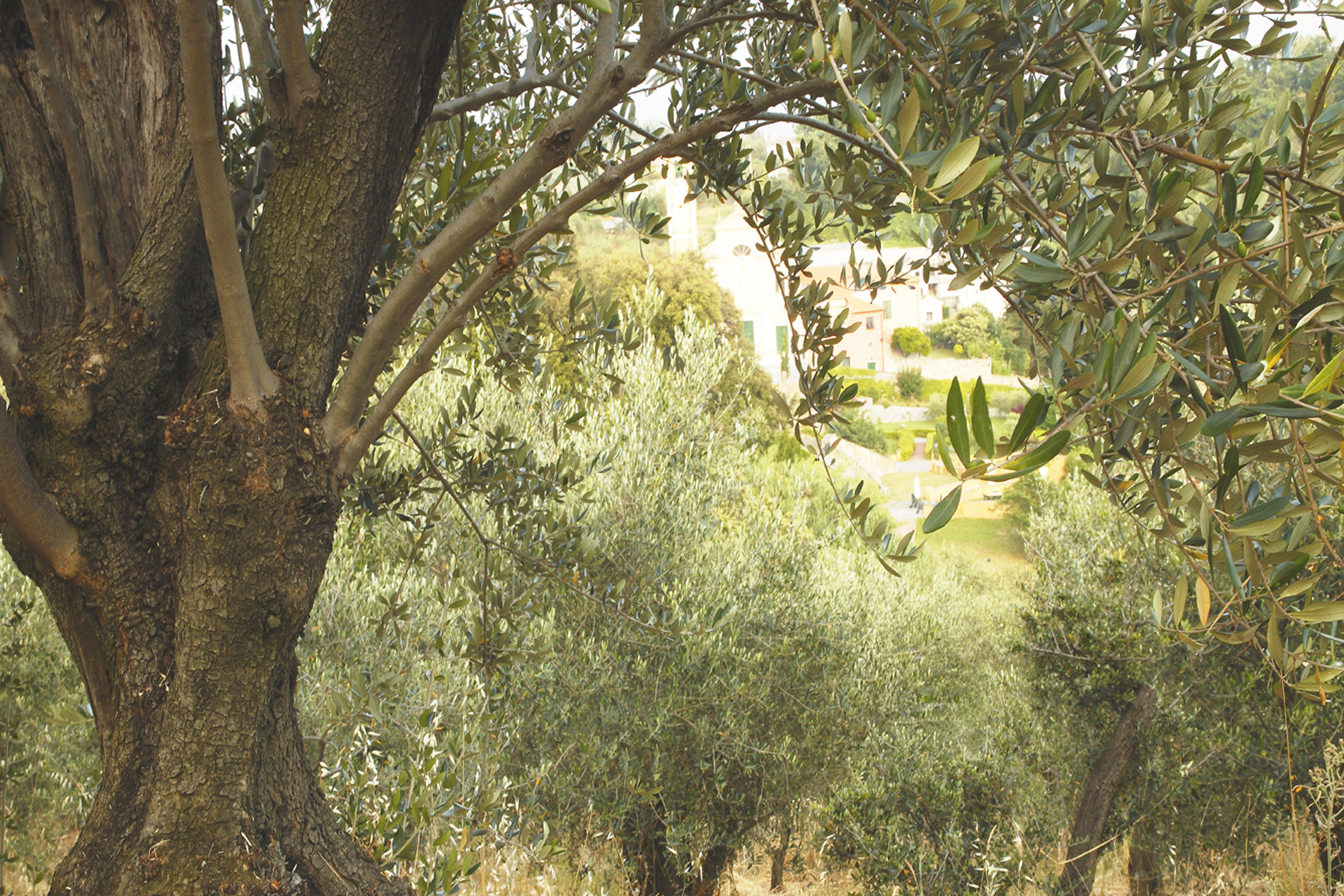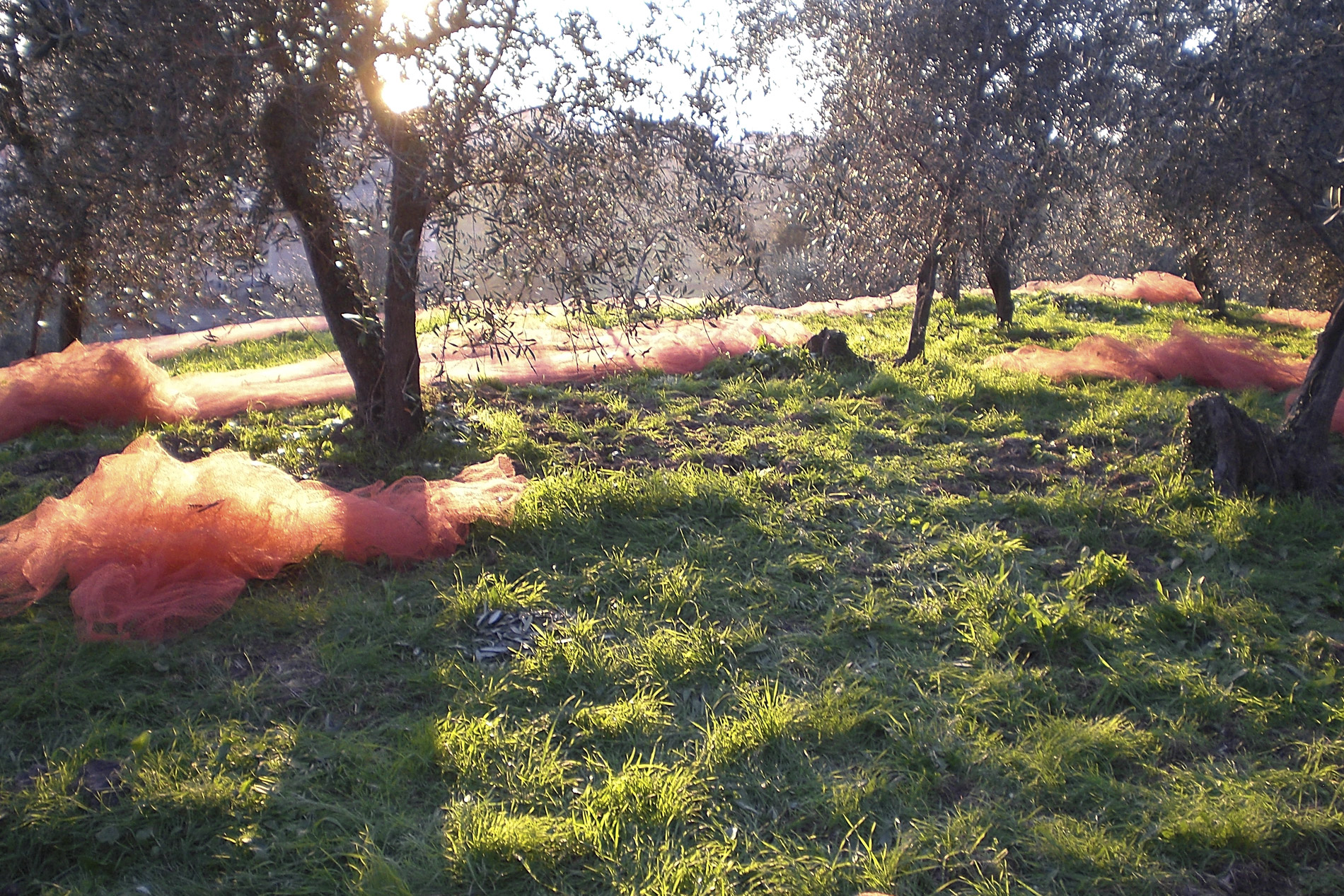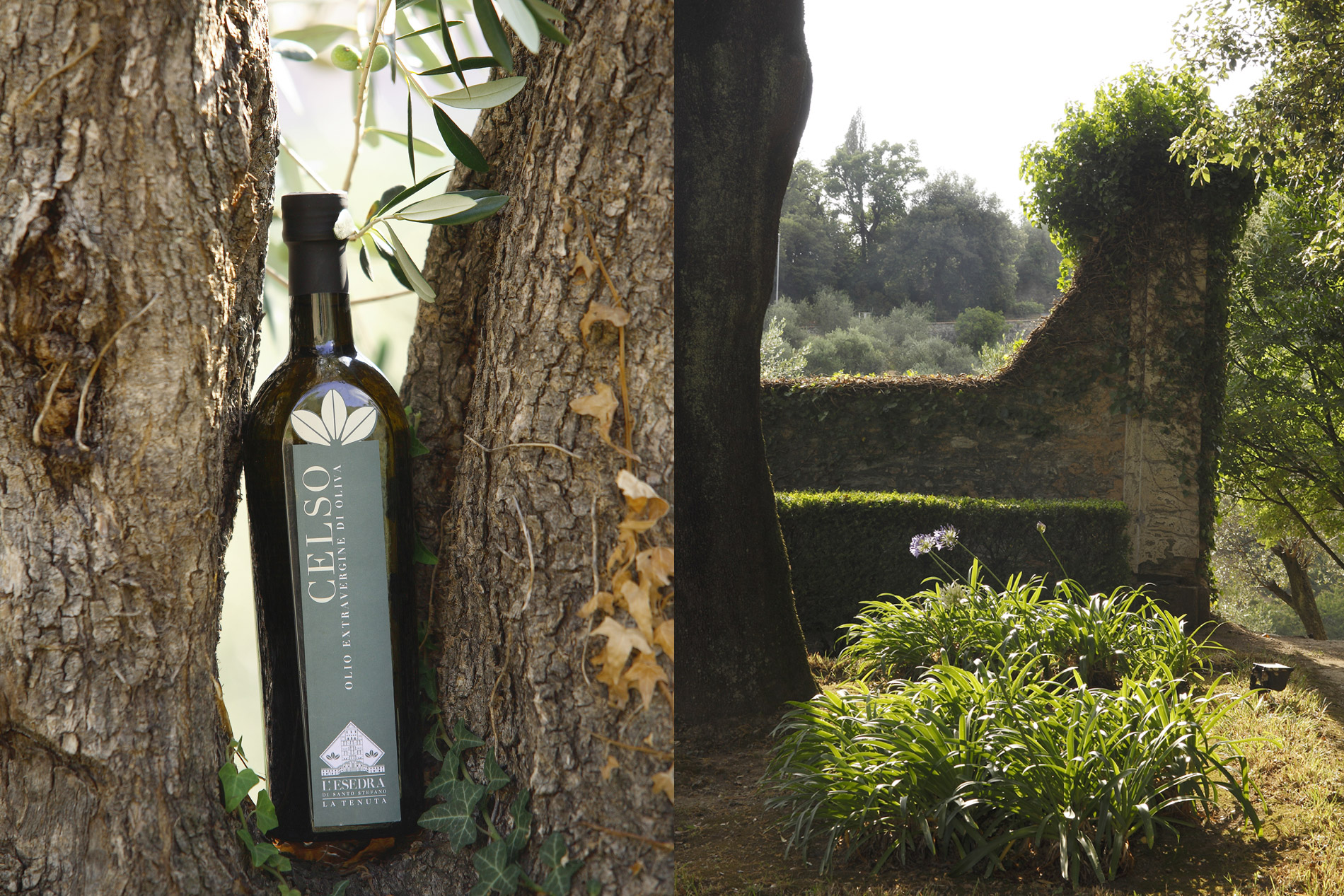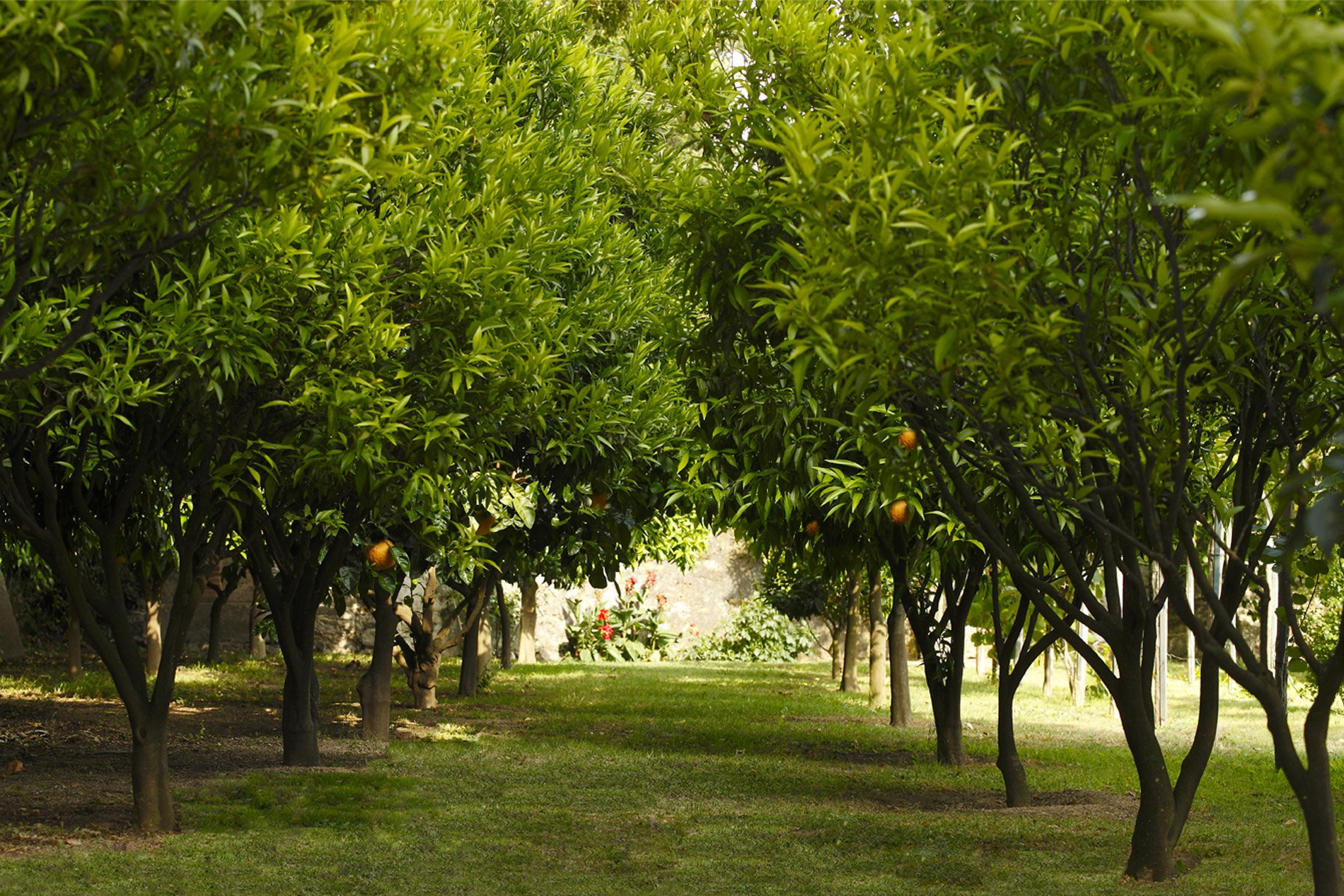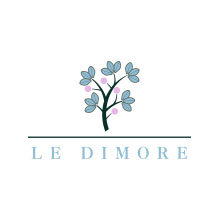Villa Durazzo a reality rural and noble
The villa, in Roman times, was built as manor house, in the center of a complex of buildings and land for agricultural production and as a place for rest from activities and business practiced in the city. According to Pliny the Elder and Vitruvius, there were two types of villas: the urban villa and the rustic villa, the residence with farm functions. Over the years, the rustic villas became larger and more sumptuous and agricultural production became an activity whose purpose was no longer the sustenance of the villagers and the master, but also, and especially, to sell the products in excess even in distant markets.
For some scholars, the rustic villa has been considered as the most original form of production, efficient and rational that the Roman economy has produced. The productions were differentiated: plantations, especially olive and wine, other intensive farming such as citrus, fruit trees, vegetable gardens, pastures, processing plants, warehouses, transports. It was, in short, a real organized rural factory.
The villa was divided into two different areas: the "pars dominica" was the residential area for the dominus and his family. The "pars rustica" was the area for the servants and workers of the farm. Villa Durazzo fully represents this reality with noble villa, the farmhouse inhabited by farmers, the old mill, the cultivated land, the park and the nearby church. Villa, therefore, in the Roman meaning of the term, meaning farm, a land extension that combines the rural aspect with the noble. A small village where families lived and supported themselves, while the Marquis was dedicated to the favorite activities or lazed around, as we used to say once.
And, in a sense, this configuration the estate has arrived to our days maintaining its configuration and, in a sense, also its function.
The agricultural work continues, even now with the main oil production, named Celso, one of the Ligurian excellence. And the great thing is that in the marquis villa has recovered the recreational activity, playful with parties. History repeats itself in one of the last remaining examples in Italy of what life was like in the past centuries in contexts of this kind. The historical name of the Estate is Villa Durazzo from the name of the ducal family who wanted it. L'Esedra di Santo Stefano is all the architectural complex and takes its name from “esedra", the semi-circular building with six sides, at the base of the stairs leading to the villa, through the monumental staircase.
L’Esedra di Santo Stefano is now also the name of the company that manages the Estate of Villa Durazzo Historical House.
Visit the website of La Tenuta www.tenutadellesedra.it

